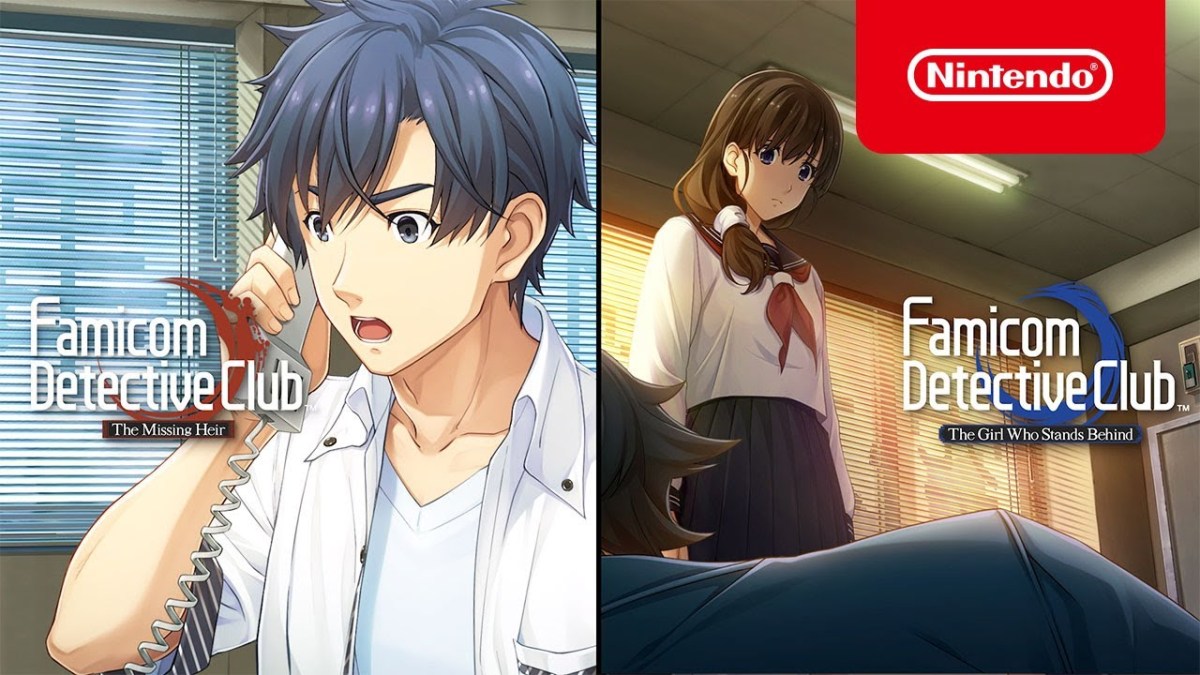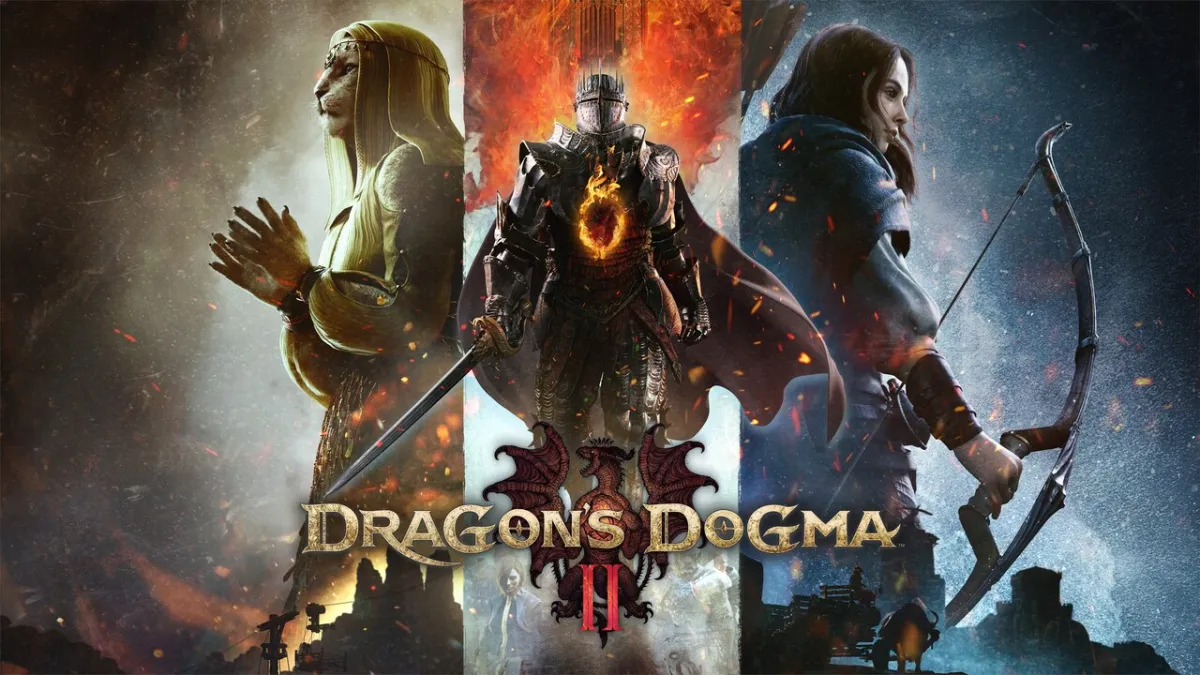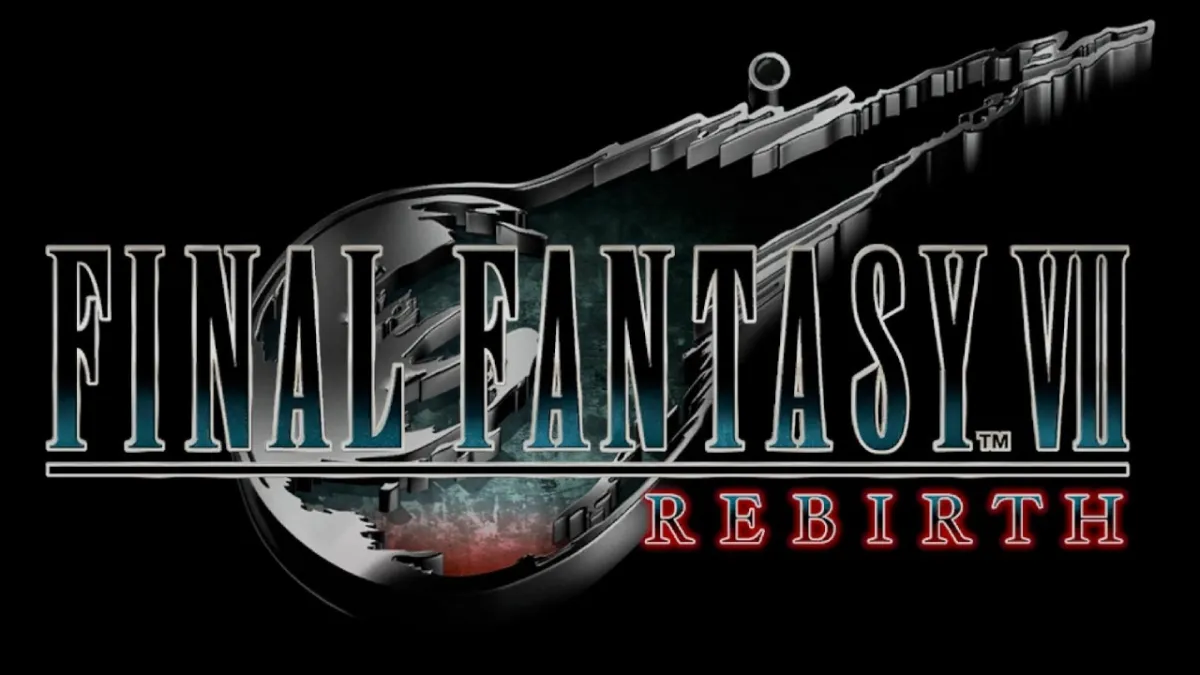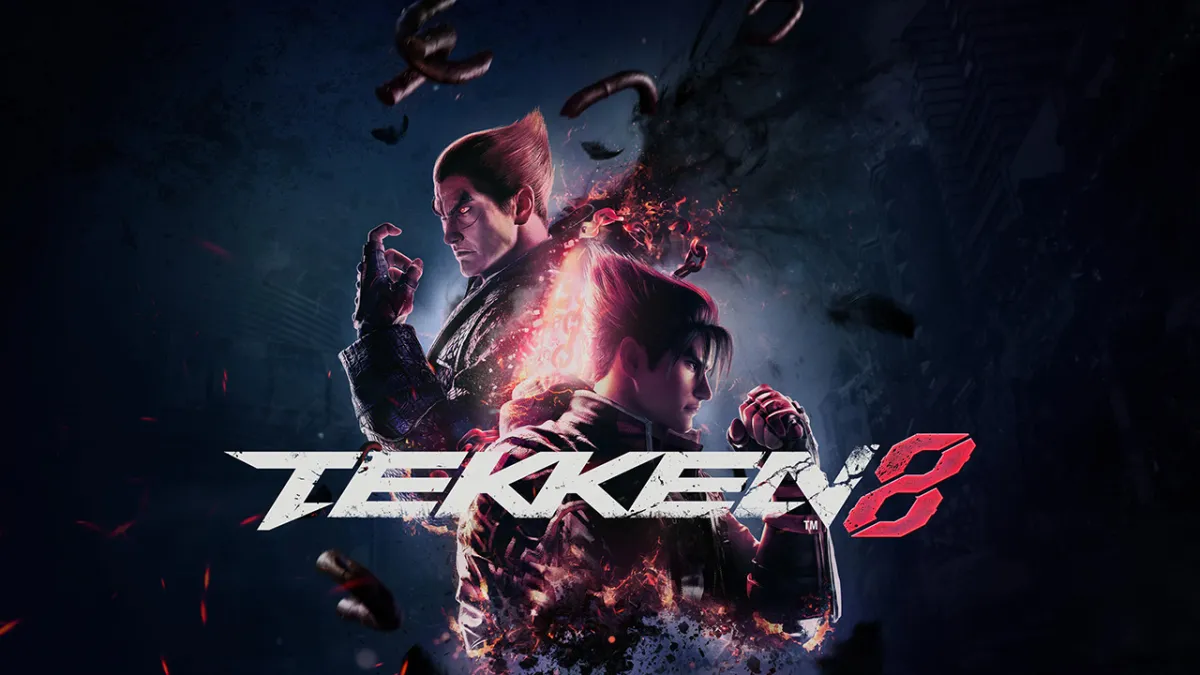Famicom Detective Club is an exciting but perhaps confusing proposition from Nintendo for fans of the visual novel genre. On the one hand, the remakes represent a major developer and publisher paying attention to a genre that is generally reserved for indie devs and other more niche studios. On the other hand, they are remakes of games from the 80s with a new user interface and visuals but largely the same mechanics; the games are from a simpler era, so to speak. While I thoroughly enjoyed my time with both The Missing Heir and The Girl Who Stands Behind, it is undeniable that compared to modern visual novels like the Ace Attorney series, the most obvious counterpart to Nintendo’s detective-themed revivals, that they of an older time. So, should you play Famicom Detective Club?
Upon starting The Missing Heir, the player wakes up after falling off a cliff, remembering nothing of who they are or why they are there. Soon after, they return to the cliffside from the house of the person who found them. From here forward, almost every environment, every room, and every other piece of mise-en-scene the player encounters are, visually speaking, unbelievable. It really cannot be understated just how taken aback I was by the beautiful visuals in this game. This wonderful sense of environment often made me wish I could visit these rural Japanese locales. Despite being granted just one or two different screens for an area, I came to feel as if I knew the places where each game takes place. The importance of this sense of space and beauty cannot be understated, especially in a game like this where the sublime visuals are really one-half of the proverbial puzzle. Nintendo really manages to nail the visual part of the visual novel better than most that have tried it before.

Unfortunately for the game, other elements show their age fairly quickly. Perhaps the most glaring fault of the game is that its systems, something that would have been totally forgivable at the time of the original games’ release, have aged quite a bit. The most obvious comparison one can make to Famicom Detective Club is the Ace Attorney series and its various spin-offs. While Ace Attorney focuses on the legal process, its investigation elements are in line with the core gameplay of Famicom Detective Club, as are its questioning and interrogation sequences. This is where the age of Famicom Detective Club shows. Often when searching a room for the first time, the player is looking for one, maybe two items to progress the story, making it sometimes feel like looking for a needle in a haystack. Other visual novels often feature a stronger internal narrative for their characters to direct players and give context to scenes like this, helping the player to find the item and feel immersed in the protagonist’s perspective. Famicom Detective Club lacks this strong sense of internal monologue, and it is sorely missed. This is not to say it is entirely absent, just much less defined, and doing much less work in giving the protagonist a personality and helping the player through the game’s investigations. This highlights the other major issue: sometimes dialogue and the progression of conversations are obtuse. Often the player will have to select the same option in the talk menu multiple times to progress a conversation. The first time you encounter this, the game does not tell you. There is no guiding internal monologue to hint at it. The game does nothing to let the player know that the same option will now do something different. It does not let you travel freely, so often, when I was stuck, I would find myself selecting every dialogue option again to progress the game. In these moments, the simple nature of these games shines through. At least a handful of times per chapter, you will know what you need to find or make happen but not how to do it, and it can be frustrating. That being said, the vast majority of interactions are fairly straightforward, and this won’t be enough of a reason for most to skip over the duology. These issues are also more apparent in The Missing Heir, the older of the two games despite the other being its prequel.
While the navigation of the game’s dialogue and inspecting the world often feel simplistic to a fault, the writing and narrative itself do not suffer from the same issues. While the Missing Heir is a standard whodunit-style story, it is constructed compellingly. The dialogue feels natural, and the characters convey a real sense of becoming more or less uneasy with the protagonist as time goes on. While these interactions are straightforward and lead to a set outcome, it cannot be understated that when you are not battling the game’s systems, they feel really natural, and the story is fun to progress through. As was the case with the mechanical side of things, The Girl Who Stands Behind is the more compelling of the two, featuring a murder mystery set in a high school alongside more believable and engaging supernatural elements.
The Famicom Detective Club duology is, at its core, a beautiful set of remakes that will please players that can look past some of the dated mechanics. My time with both of the games was compelling, and ultimately their issues slowly faded to the back of my mind, only re-emerging when I actually encountered them. Nintendo’s remakes of the Famicom Detective Club games are not to be missed for fans of mystery games and visual novels.
Famicom Detective Club: The Missing Heir and Famicom Detective Club: The Girl Who Stands Behind are Available on the Nintendo Switch







